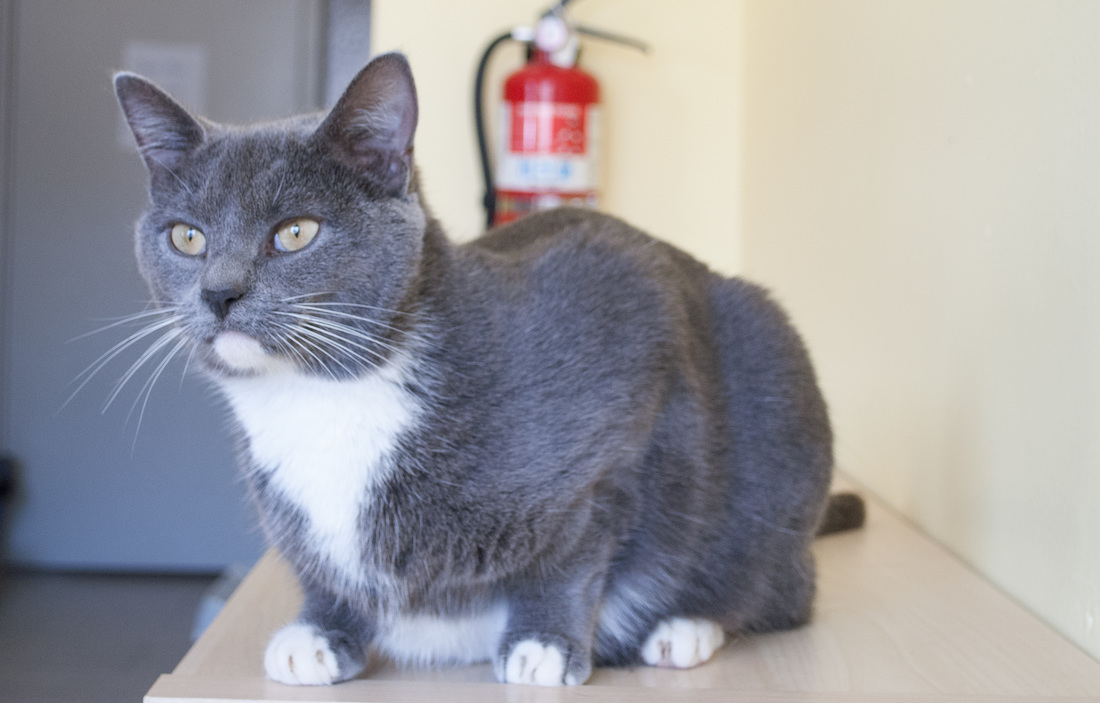|
How will emergency personnel know to find and help your cat if a fire happens while you’re away? According to the National Fire Protection Association (NFPA), each year half-a-million pets are affected by home fires, and pets and wildlife accidentally start upwards of 1,000 fires in the home. In recognition of National Pet Fire Safety Day, here are some tips help keep your cat(s) safe from fire.
PREVENTION
IN CASE OF FIRE
And always remember, the number one rule of home fire safety is to make sure you’ve got working smoke detectors, and are testing them every month.
3 Comments
Lorraine beyer
9/13/2016 06:44:27 pm
I am glad I noticed your website. Thank you so much. I live on the island of Kauai in Hawaii. I am retired and would volunteer in any way possible. Aloha
Reply
10/25/2017 05:35:52 am
ЗАРАБ0Т0К В ИНТЕРНЕТЕ ЭТО ПР0СТ0!
Reply
6/19/2023 01:15:02 am
When it comes to the safety of our beloved pets, being prepared for emergencies like a home fire is crucial. Taking proactive measures such as creating an evacuation plan and practicing it regularly can significantly save your cat's life. Additionally, having essential items like a pet carrier readily accessible and ensuring that your cat's identification is up to date can help reunite you with your furry friend in an unfortunate incident.
Reply
Leave a Reply. |
Details
AuthorAlley Cat Rescue is leading in the way in promoting humane and compassionate care for ALL cats. Archives
January 2024
Categories
All
|

 RSS Feed
RSS Feed